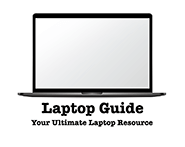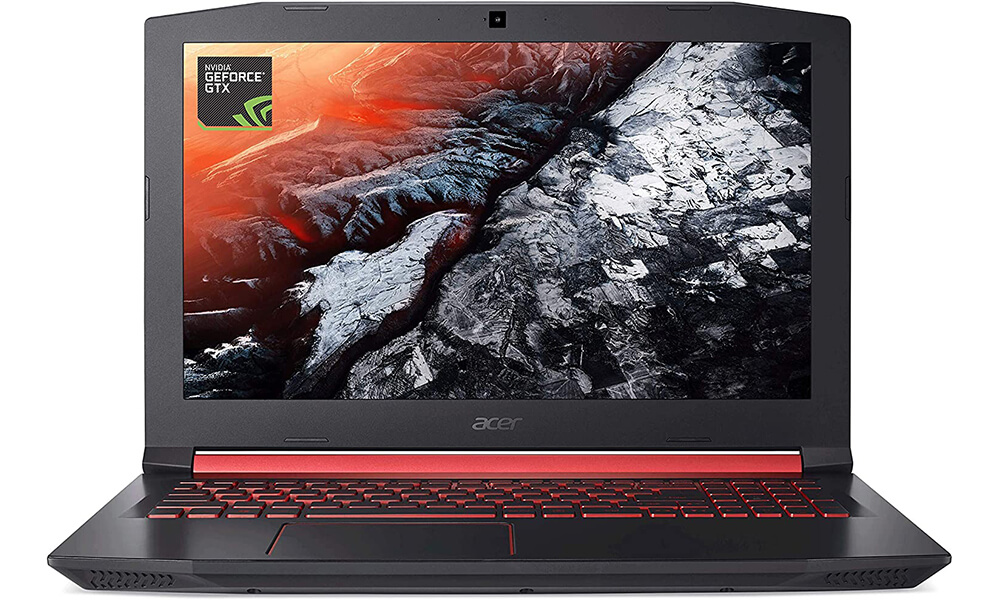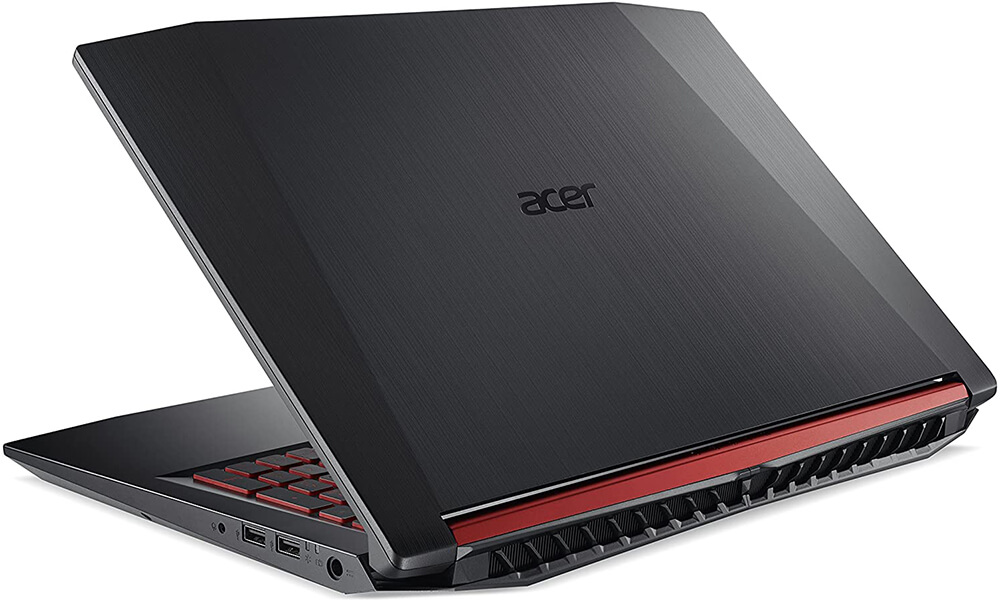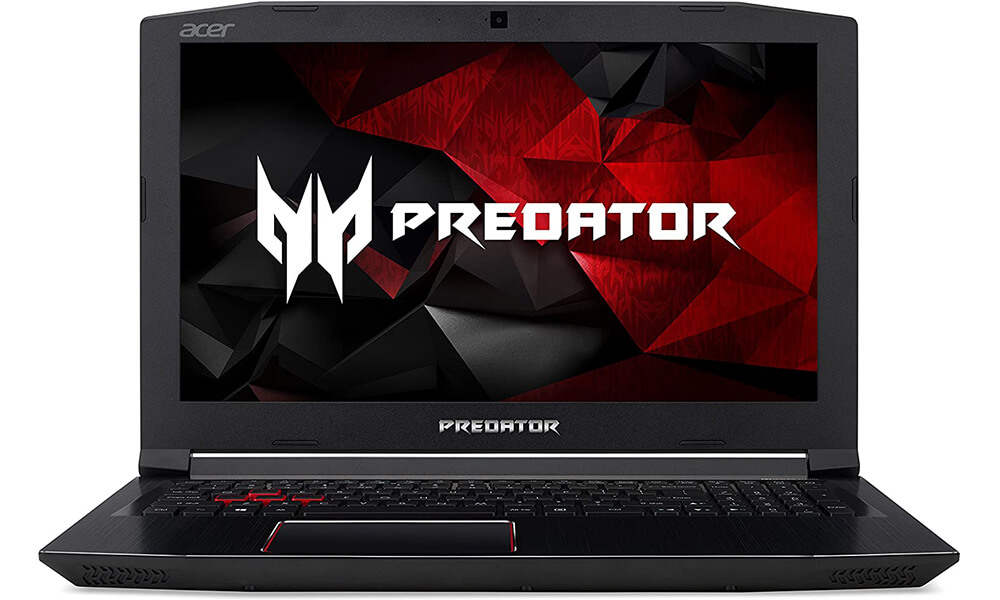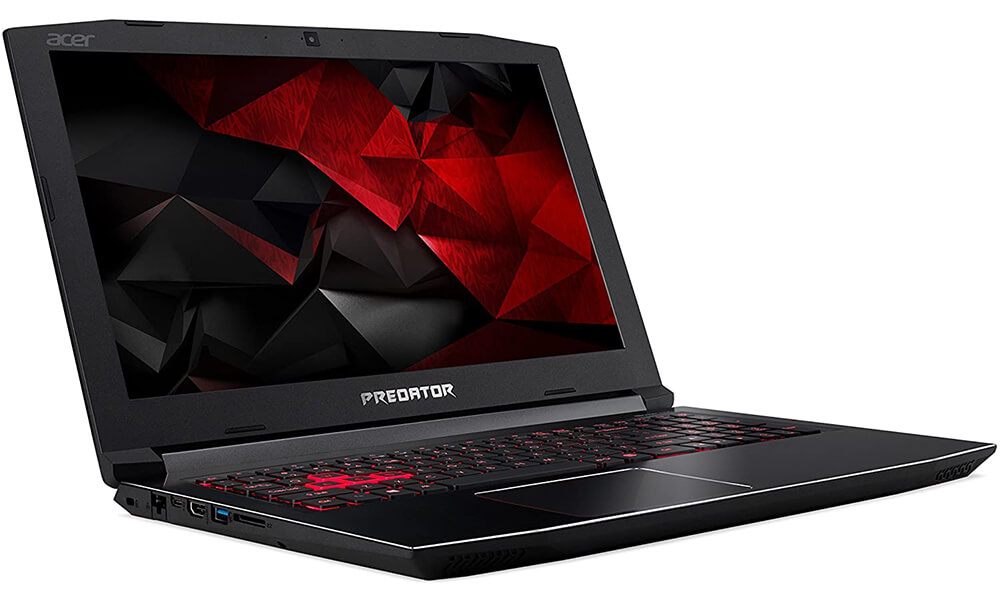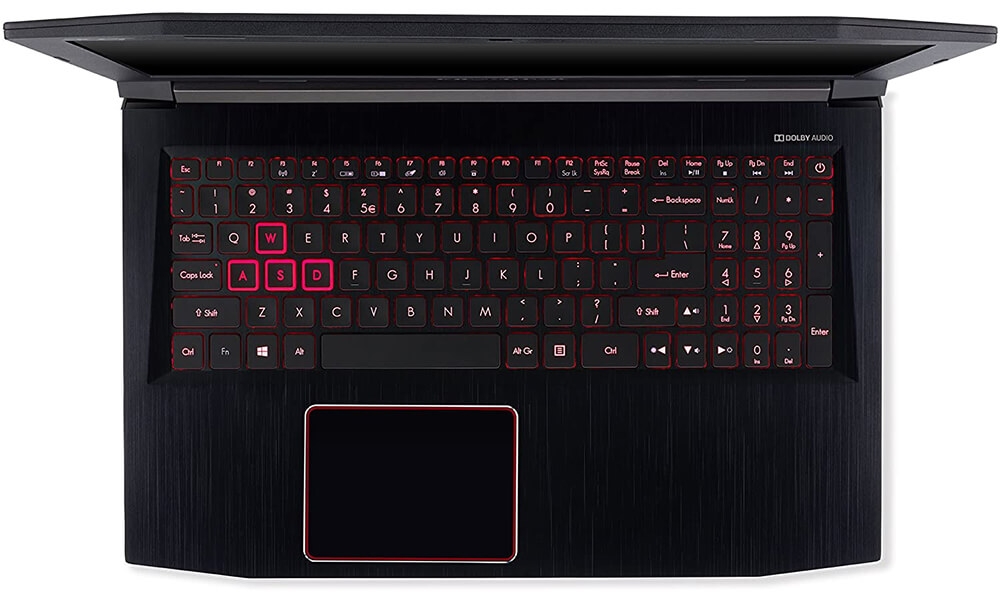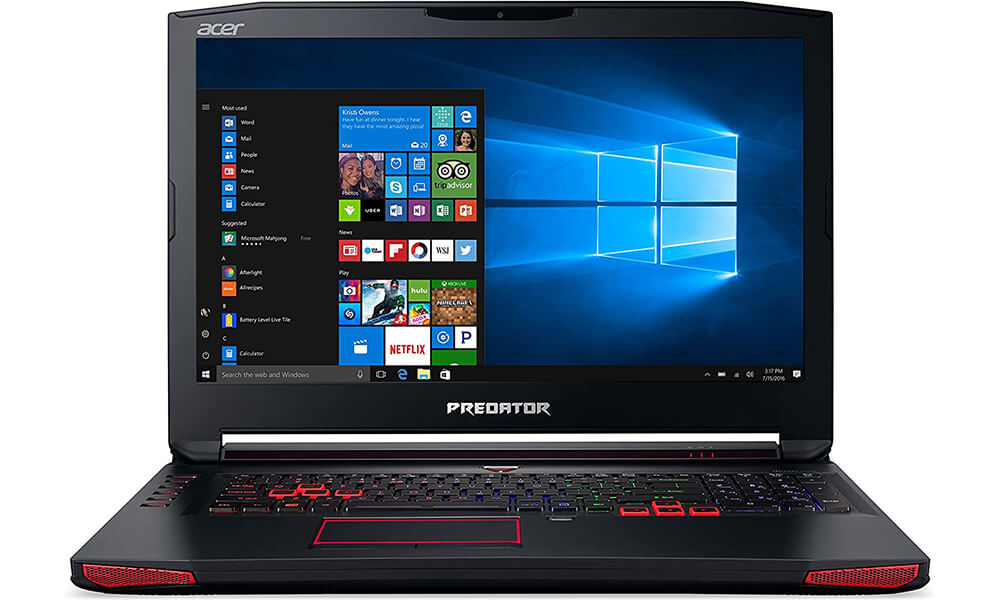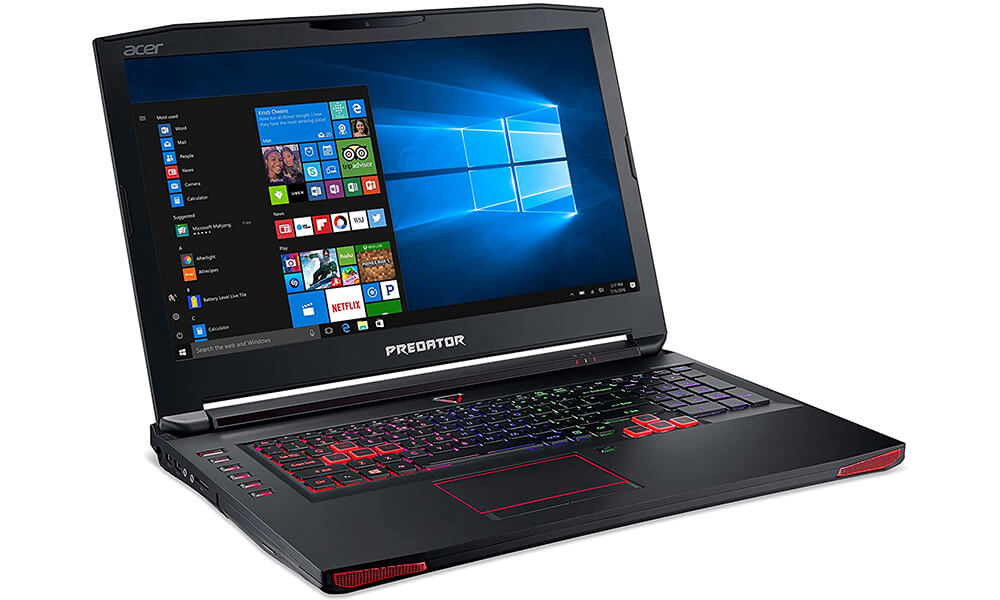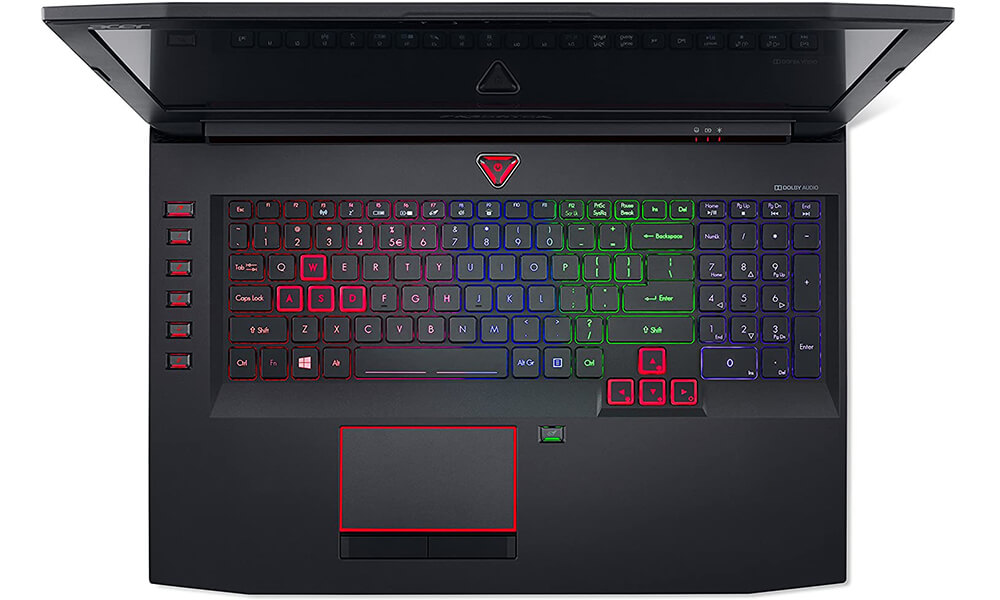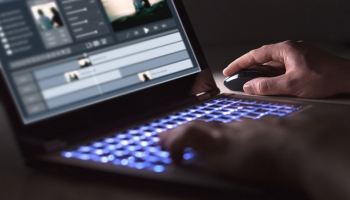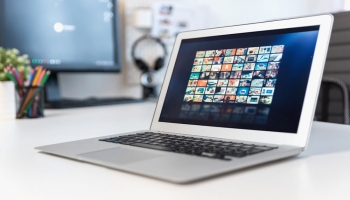
Contrary to what is usually thought, it is possible to buy a Linux laptop, that is, one that comes with this operating system pre-installed. This is a good option if you are a Linux fan and you just want your hardware to work: it is not only that the operating system is pre-installed – you can install it yourself in a few minutes – but also that the Linux will be supported properly.
When selling computers with Linux from the factory, what the manufacturer is saying is that they have done all the work to make sure that the hardware works perfectly and that it has Linux drivers.
The people who are in charge of supporting your hardware, so they will take it seriously if you have any problems while using their operating system, they will not be indifferent or tell you that they only work with Windows.
| Ranking | Name | Best Feature | Current Price |
|---|---|---|---|
| Acer Nitro 5 | 8 GB RAM & 256 GB SSD | ||
| Acer Predator Helios | Nvidia GTX 1060 4GB | ||
| Acer Predator 17 inches | Core i7-7700HQ processor |
Unfortunately, the Linux laptop built for this purpose costs a little more than Windows laptops (but as you’ll see in the Dell XP model below). Even low-end laptops, many times with Intel Celeron processors, come with a small fee added, if they include a Linux distribution.
See Also: Top Rated Industrial Design Laptops
Why that may be so is not safe, since Linux has no licensing costs. It could be that Linux laptops target a specialized market, willing to pay more, and that companies operate in smaller production runs.
Contents
- 0.1 1) Acer Nitro 5 (Nice Ultrabook with Linux)
- 0.2 2) Acer Predator Helios (Something more Powerful)
- 0.3 3) Acer Predator 17 inches (High End Laptop)
- 1 The Chromebook Option
- 2 Buy a Linux Laptop To Avoid Problems
- 3 Why Buy a Linux Laptop?
- 4 How To Format a Laptop With Linux
- 5 Can You Install Windows on a Laptop With Linux?
- 6 Other Brands of Laptops With Linux
- 7 Conclusion
- 8 References
1) Acer Nitro 5 (Nice Ultrabook with Linux)
Personally I am in love with this model, and I put it first as the best option, not only because of its design. It has a really fine look that reminds us of a gaming laptop but with Linux.
See Also: Top Rated Photo Editing Laptops
This laptop weighs 3kg approximately, and has a very decent hardware for those users who want to squeeze it to the maximum. Even so, it can be bought at a cheap price, which fits most budgets for a laptop of these features. The Acer model shadows brands like ASUS or Samsung with this nice Linux laptop.
See Also: Top Rated Live Streaming Laptops
Its processor is powerful and there is no problem in terms of connectivity, as it comes with essential ports and Bluetooth type services that allow us to pair devices without problems. The speed presented by the Acer Nitro 5 SSD + HDD is very good both for writing and reading. In addition we have two years of warranty and Spanish assistance with this brand.
Oh and… It opens in 10 seconds 🙂
2) Acer Predator Helios (Something more Powerful)
Another branded laptop with Linux. It seems that these type of brands are the first to consider this operating system, the same happened with the BQ brand with the phones. But continuing with this Acer Predator line, no doubt it stands out for the hardware it has.
See Also: Top Rated Students Laptops
Its autonomy is sufficient but not remarkable, it can reach 5 hours if used with a normal screen brightness. In general, it has a very good performance since it is powerful. Something we see in its performance but also in its technical characteristics.
As for its use, we can use it during the day or to work, also for students, watching movies and television on demand, or also play if it is not of the games that demand many resources of our laptop, because as we said if it fails a little on one side this is the graphics card, which although not bad is not the most powerful on the market (an Nvidia GTX 1060 4GB).
See Also: Top Rated 2 in 1 Convertible Laptops
This factor makes it a little more affordable to gaming laptops, and that it is one of the few options within a normal budget for those who are considering an Ubuntu laptop, or if more do not want to start on it. If you are backward the model comes with Windows drivers in case you want to install another system.
3) Acer Predator 17 inches (High End Laptop)
Acer is hitting the nail on the head by giving Linux fans a laptop they can feel like their own with the Predator Helios. The operating system is almost identical to the Windows version that came out in January, including the one-piece screen that essentially fits a 17-inch laptop with a 15-inch body. But instead of having Microsoft hardware, the ACER VX5 has Linux.
It’s even cheaper than the Windows version when you list the technology specifications, starting at 999 euros with a Core i7-7700HQ processor, a 1080p screen – which is not touchable – 16 GB of RAM and 512 GB of solid state storage (SSD).
See Also: Top Rated Interior Designers Laptops
The configuration options are a little different, though, so let’s review them:
Acer offers cheaper Windows variants with 4 GB of RAM, a model with a Core i3-5010U processor and one with Core i5-5200U. With Linux, 8 GB of RAM is the only option.
See Also: Top Rated Music Production Laptops
Moving away from the Linux base models gets you a little less storage and a 3200×1800 resolution touch screen. There is no way to find a middle ground, settling for just the screen or storage, unlike the Windows variants.
Linux users can get a Core i7-5500U model with 256 GB of storage, and can get up to 512 GB of storage for a little more. Windows users can only get the 256 and 500 GB option, and only through a Microsoft store, where it will cost them a little more.
Acer has played with Linux laptops before, even released a version of its previous Ubuntu-based Linux VX5 laptop. For a while, it looked like the project was failing, but now the brand is showing an even greater commitment to Linux, with a wide range of VX5 configurations and an Ubuntu version of its more robust M3800 laptop.
In addition, the company also provides clear instructions on how to load other Linux distributions, such as Fedora or Debian.
A little anecdote: while Linux users have always been able to install their operating systems on any Windows device, that got complicated with Windows 8, when Microsoft switched to the UEFI Secure Boot System. Users still have the option to disable the UEFI on Windows 8, but that may not be the case with all Windows 10 devices, which will potentially create more headaches for Linux distributions that don’t support UEFI.
See Also: Top Rated 3D Modeling Laptops
In other words, it’s important for users to have hardware options with Linux installed from the start. The fact that there is no Windows fee for now is a gift to Linux fans.
The Chromebook Option
Chromebooks are personal computers that work with the Google Chrome OS operating system. And besides, they can be converted into cheap Linux laptops very easily.
Chrome OS is basically already a modified Linux desktop with a different interface, so Chromebook’s operating system will already support Linux. You can install a traditional Linux desktop together with Chrome OS, and use the same hardware drivers that came with Chromebook, so the hardware should work perfectly.
The problem with using Chromebook as a Linux PC is that Chromebooks are not really designed for it. They have little storage and are designed to be lightweight systems to connect to the Internet.
See Also: Top Rated Programming Laptops
They are not ideal if you want to use several virtual systems and compile code files at the same time. Still, they are significantly cheaper than laptops dedicated to Linux systems. If you only want a small and cheap device with which to use Ubuntu, Chromebook may be just what you need.
Buy a Linux Laptop To Avoid Problems
For those of you who have been living under a rock for the last year, Microsoft has worked out a little trick to tell computer manufacturers that, in order to have Windows 10 certified, they must activate the Secure Boot system on their devices.
To install Linux you have to enter the UEFI settings and deactivate the Secure Boot, before you can install the distribution you choose. This process has made it even more difficult for the average user who wants to use Linux.
Some may not even have tried Linux because they are operating with an agnostic system. Some use Windows simply because it happens to be installed on the computer they bought, and the simple idea of installing another operating system hadn’t crossed their minds.
And what if you want to try out Linux but don’t have the confidence to install it yourself?
See Also: Top Rated Business Laptops
The first thing you can do is download a distribution and burn it to a DVD. If you’re not sure which version of Linux to choose, try to find a list of popular distributions that might work for you, or even try some.
New Linux users, however, will be much safer trying the most popular distributions such as Ubuntu or Linux Mint, and, for Windows users, there will always be Zorin.
Still, it’s understandable that the idea of downloading a distribution and copying it to a disk or USB can be overwhelming for some. But that’s not a reason to dismiss Linux. One alternative is companies that allow you to buy such Linux distributions on DVD or USB. And, as we said, you can even buy laptops with Linux pre-installed.
See Also: Top Rated Architects Laptops
Why Buy a Linux Laptop?
If you’ve been paying attention to the statistics of the desktop operating system market, you probably know that Linux is at 1%, and it doesn’t seem to move from there.
That’s a dramatic underrepresentation, of course, due to the fact that Linux is free. Unlike Microsoft, for example, which keeps a careful count of every copy that Windows distributes, Linux doesn’t have any vendors counting units; users simply download, share and enjoy the open sources of their operating system until they are satisfied without any official monitoring.
From a functional point of view, this works without any problem for the users. The problem is that this makes it too easy for hardware and software vendors, device driver manufacturers and reviewers of all kinds to downplay the importance of Linux from a market point of view.
See Also: Top Rated Ultrabooks
This, in turn, makes it less likely that new software will be adapted for Linux, for example, or that key drivers will be created for that operating system; in short, it slows down the growth of Linux.
What can be done to remedy this? If you already use Linux, you can let the networks know. There are pages that have a “We are more than 1%” Linux counter, which proves that the operating system is much more used than standard surveys suggest.
If you want to help demonstrate the market value of Linux, next time you are in the market and looking for a new device for your business or personal projects, buy the pre-installed distribution.
Not only will it save you from having to install it, but you will be sure that it works, with support for any unforeseen events that may occur. Even better, your purchase will be included in the market data of the next study, since the seller will be doing the math, and you will help a very good operating system to be recognized as it deserves.
See Also: Top Rated SSD Laptops
How To Format a Laptop With Linux
Formatting a laptop with Linux is a simple task for advanced users, but perhaps not so simple for newer ones. To achieve this, we only have to follow these steps:
The first thing we have to do is get an ISO of the desired operating system. We can choose the same system that was installed by default or any other.
Then we have to create what is known as a LiveUSB, i.e. a USB installation or from which we can test the operating system without danger of spoiling our native installation. To do this we can use tools such as UNetBootin or a tool such as Startup Disk Creator, the second available in the official repositories of many Linux distributions and the most recommended. If we do it from Windows, we can use tools like Rufus.
In the next step we will put our pendrive in a USB port. If we wish, we can format it with a tool such as GParted.
See Also: Top Rated Laptops without Operating System
Open the software of your choice to create the LiveUSB. The following steps explain how to do it with Startup Disk Creator.
In the section above, we choose the ISO to install. In the bottom, the destination pendrive.
- We click on “Make a Startup Disc”, or “Create a Startup Disc” if you have it in English.
- We wait for the process to finish, which will take a few minutes.
- Then we restart the computer and start from the USB. If it does not automatically start from our pendrive, we have to reboot again and press the (Fn) F12 function key to choose the startup drive.
- If this does not work, we enter the BIOS and change the boot order so that the USB is before the hard disk (Floppy).
See Also: Top Rated Affordable Laptops
Now all that remains is to install the operating system. What we will see on screen will depend on the type of installer, since there are several as Ubiquity (the one that uses Ubuntu) or Calamares.
Basically, we have to choose the language, indicate if we want to install third-party software, choose the type of installation, among which we have the possibilities of using the entire disk or create partitions, choose the country, user and password and wait.
Finally, when he asks us, we restart the computer, without forgetting to remove the pendrive so that it does not start again from it.
Can You Install Windows on a Laptop With Linux?
Yes, you can. And, especially since the launch of Windows 8, the operating system installs the necessary drivers from software updates and all the hardware should work without problems, although that’s the theory.
In practice, we may find that there is a port that does not work as we expect, being the one that causes more problems with the HDMI; it is common that after installing an operating system different from the one that came from the factory, with all its software and drivers by default, we cannot connect our laptop to an external monitor by this way.
The system to do so will vary depending on the laptop we have in our possession, but it is basically as follows:
If necessary, enter the BIOS and change the type of interface (UEFI, EFI, Legacy, etc).
We introduced our DVD with Windows.
Another option is to create a USB installation, for which we can use tools like Rufus or WinToFlash.
See Also: Top Rated Small Laptops
We start from our installation drive. Usually, computers are configured to start first from the DVD and then from the hard disk, so if we want to install Windows from a DVD, it should start directly.
If we want to install the system from a USB, from the BIOS we have to change the boot order. There are also laptops that allow us to choose where to start from when you turn on the laptop by pressing a function key, such as (Fn)F12.
Once we have reached the section on the type of installation, we choose the option “Something else” and we delete all the partitions on the hard disk. If we want, we create the necessary partitions.
Start the installation and follow the instructions on the screen.
Once the installation is finished, it is important to check for updates, since the drivers for our computer will be installed from there.
Other Brands of Laptops With Linux
Slimbook
Slimbook is a company that has managed to gain a lot of popularity by offering computers with Linux operating system installed by default. But, unlike what other brands offer, Slimbook has in its catalog all types of computers, such as some more powerful for developers or professionals and others with somewhat more discrete components for home use.
Their laptops usually offer a good design, so it is worth taking them into account if we are looking for a computer with Linux whatever our needs are.
System76
System76 is an important brand in the Linux world, partly because they offer us their own operating system: the Ubuntu-based Pop!_OS. In addition, it also manufactures and sells good laptop computers, all with medium-advanced components and many of them with Linux operating systems.
In their catalog we will find all kinds of laptops, such as desktops, laptops and mini, and they are also responsible for important software such as the Firmware Manager that will find and install any specific firmware for our equipment.
See Also: Affordable 4k Laptops
Vant
Vant is another computer brand that has decided to bet on Linux. What predominates in their catalog are computers with an Ubuntu LTS installed by default but, sometimes, they also offer us the possibility of including the latest version of the operating system.
Unlike other brands that only offer computers with Linux with advanced components, Vant also offers somewhat more discreet equipment, so it is worth taking them into account if we want to buy a computer with Linux whatever the use we are going to make of it.
Tuxedo
Tuxedo is a very popular brand in Linux for manufacturing and selling computers equipped with Linus Torvalds’ kernel operating system. In their catalog we find all kinds of computers, but most of them include advanced components or are designed with developers in mind.
They recently announced Kubuntu Focus, a computer created side by side with Kubuntu developers to provide the best possible user experience when working with the KDE version of Canonical’s operating system.
Conclusion
For Linux users, there is a wide range of laptops that come with your preferred operating system pre-installed. That means you don’t need to go hunting for drivers that work for you or fiddling with your computer’s settings, you can buy laptops with Linux pre-installed at the factory.
See Also: Affordable Lightweight Laptops
However, for those of you who want to continue installing Linux on your own, you can always buy a certified Ubuntu laptop. Ubuntu has a list of all computers, including laptops, that have received the “Ubuntu Certified” credential, which means they can use Linux without you having to modify them.
For those of you who want both operating systems, I suggest you learn how to use and install a dual-boot Windows 8 system with Linux. It is to be expected, therefore, that you will have trouble trying because of the Secure Boot. Perhaps it would be smarter to study how to install Linux on a Windows 10 computer.
Keep visiting our website Laptop Guide and if you have any questions? feel free to leave a comment down below.
References
https://www.reviewgeek.com/76501/the-7-best-linux-laptops/
https://itsfoss.com/get-linux-laptops/
https://www.cyberciti.biz/hardware/laptop-computers-with-linux-installed-or-preloaded/
